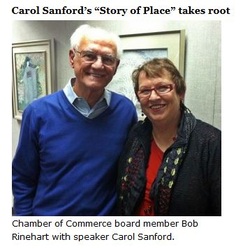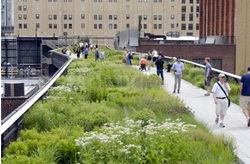
We love the Cascade Bicycle Club's rides around Seattle! Just looked at their upcoming rides, and nothing says "Edmonds" right off, so we're checking to see if there is an Edmonds ride. Yes, we see rides through Bothell, W. Seattle, Mercer Island, etc. -- but where is Edmonds on the list? Maybe they don't know about the awesome trails in Yost, Hutt, and Pine Ridge parks.




 RSS Feed
RSS Feed